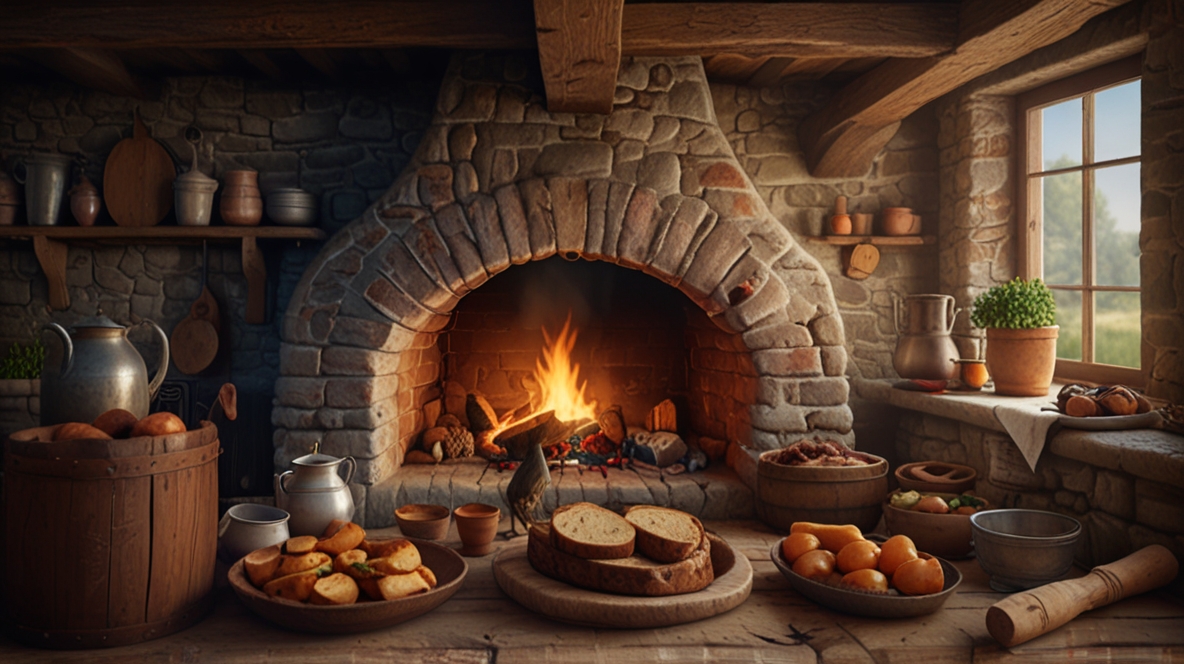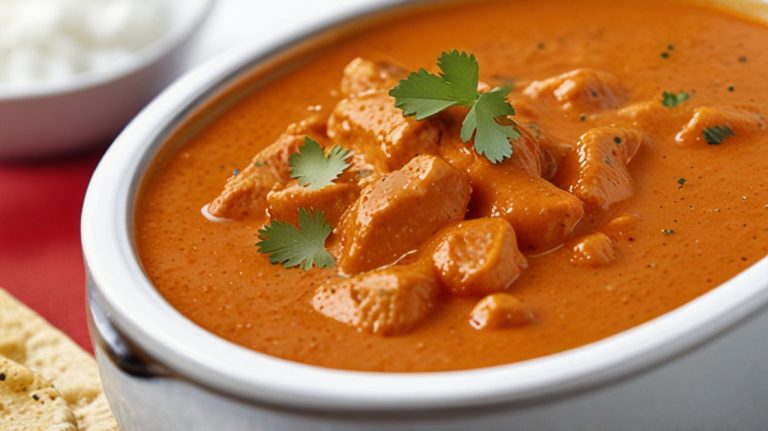European food history is a tapestry woven with diverse cultural threads, each contributing to the continent’s rich culinary heritage. From the rustic kitchens of medieval Europe to the sophisticated gastronomy of modern times, European cuisine tells a story of innovation, exploration, and tradition.
The Medieval Era: Hearty and Simple
In medieval Europe, food was primarily dictated by what was locally available. The diet of the time was heavy on grains, vegetables, and meats, often preserved through salting or smoking. Spices, a luxury item, were used sparingly and were a sign of wealth. Common dishes included pottage, a thick stew made from various ingredients, and dark, coarse bread made from barley or rye.
The Renaissance: A Flourish of Flavor
The Renaissance brought an explosion of flavors and techniques to European kitchens. The introduction of new ingredients from the New World, such as tomatoes, potatoes, and chocolate, revolutionized cooking. Italian cuisine flourished during this time, with pasta and intricate pastries becoming staples. The French began to refine their culinary arts, laying the groundwork for haute cuisine.
The Age of Exploration: Global Influence
The Age of Exploration expanded Europe’s culinary horizons even further. Spices from Asia, such as cinnamon, nutmeg, and pepper, became more accessible, transforming the flavor profiles of European dishes. The introduction of coffee and tea changed social habits and culinary practices, leading to the establishment of coffeehouses and tea rooms.
Modern Times: Fusion and Innovation
Today, European cuisine is a fusion of traditional and modern influences. Countries like France, Italy, and Spain are celebrated for their culinary excellence, each with its own unique specialties. From the creamy cheeses of France to the savory tapas of Spain, modern European food continues to evolve, embracing both its storied past and contemporary trends.








Leave a Comment